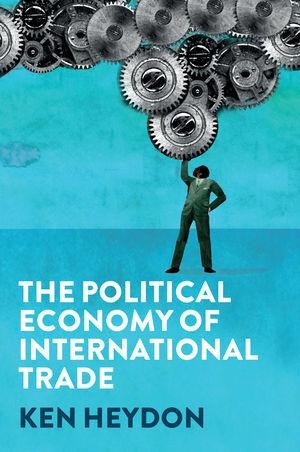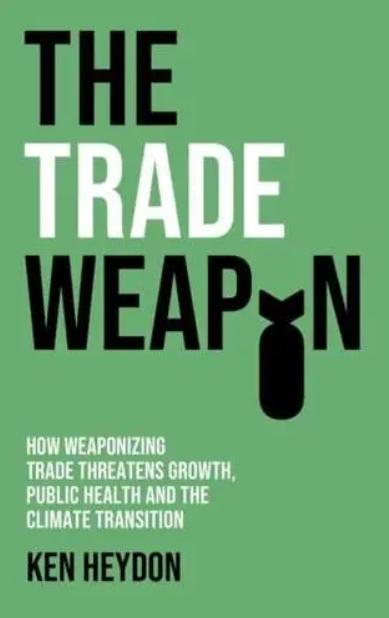With protectionist sentiment and economic nationalism on the rise, international trade and how it is governed is at the heart of some of the most important contemporary economic and political debates.
Comprehensive and clear, this book skilfully outlines and analyses the dynamics of trade in the 21st century. Ken Heydon examines three broad themes: the nature and distribution of the gains from trade, the institutional and governance framework of the international trade system, and the contentious practical issues confronting policy-makers across the world. He considers pressing contemporary debates surrounding issues ranging from agriculture and food security to the links between trade and environment protection, core labour standards and intellectual property rights. He demonstrates the importance of a change of mindset in terms of how we see trade policy: it should not, he argues, be simply a question of international negotiation, but also a key component of sound domestic economic management. In short, we need to put commerce in context.
Drawing on the authors experience as a policy practitioner, trade policy analyst and teacher, the volume is informed by an extensive analysis of the literature and by relevant case studies. It is designed for students and scholars of international political economy and trade policy, trade officials, and the general public.
List of Case Studies
List of Figures
Abbreviations
Structure: The Building Blocks
Introduction: Echoes of Mercantilism
Part 1: The Gains from Trade: Winners and Losers
Chapter 1: The Political Economy of Trade: The Domestic Setting
Chapter 2: Trade, Growth and Development
Chapter 3: Trade, Investment and the Global Value Chain
Part 2: The Institutional Framework
Chapter 4: The Systemic Threats to the Multilateral Trading Order
Chapter 5: The Rise of Preferential Trade Agreements
Part 3: Confronting the Issues
Chapter 6: Distortions to Trade in Manufactures
Chapter 7: The Special Case of Agriculture
Chapter 8: Negotiating Services and Investment
Chapter 9: Competition Policy and the Role of the Firm
Chapter 10: Trade Links to Environment, Labour Standards and Property Rights
Conclusion: Putting Commerce in Context
Acknowledgements
Notes

 (0 Comentarios)
(0 Comentarios)







